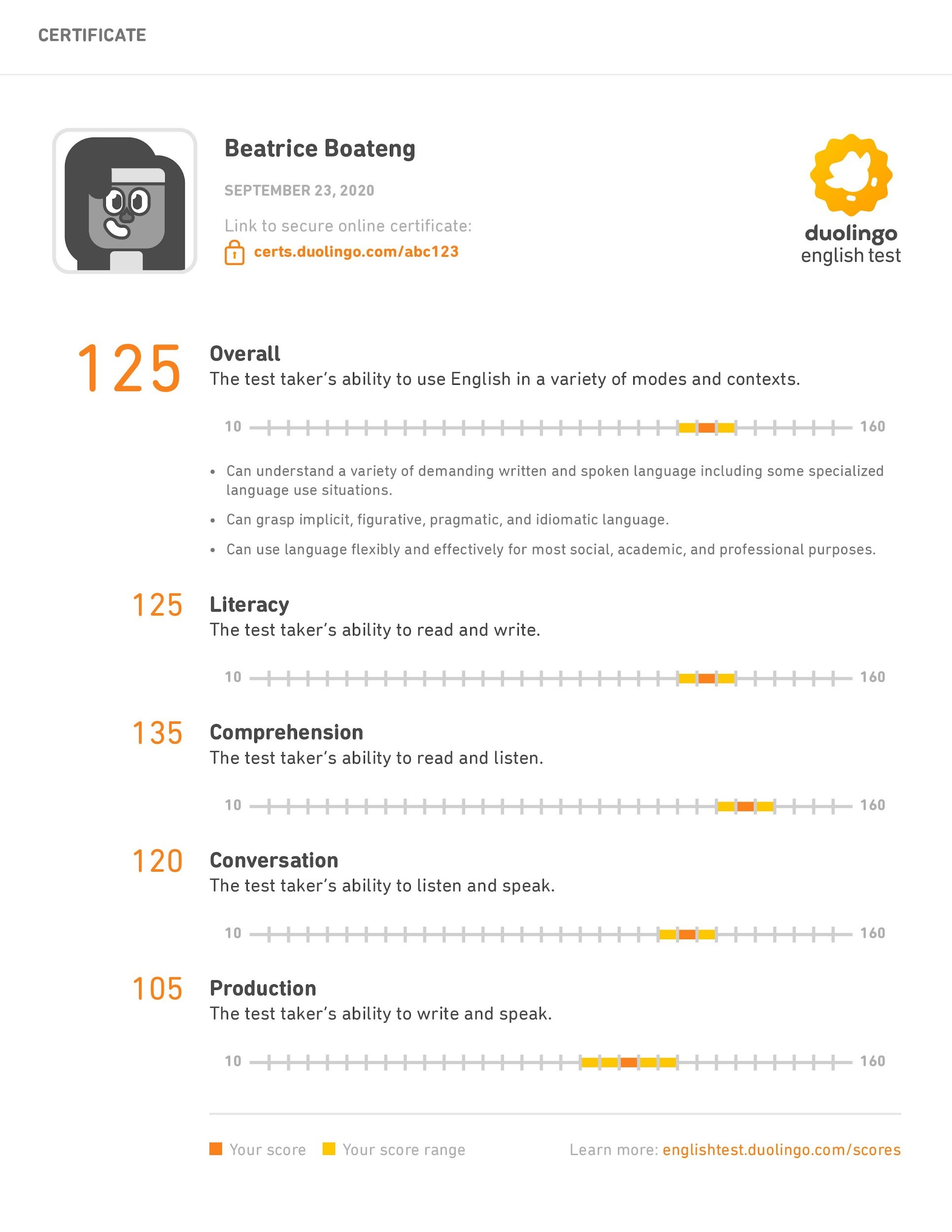Duolingo’s unique method of calculating sub-scores can be best explained when compared to the IELTS scoring system. Similar to IELTS, the language proficiency of the test-taker is examined based on their ability to read, listen, write, and speak. However, this is where the similarity ends because the Duolingo English test does not examine each section separately but does so in pairs.
Read: Duolingo vs IELTS vs TOEFL
To understand the test taker’s command over the language, Duolingo’s English test scores analyses a combination of components because in all practicality these components are not used separately. For instance, if you are conversing with a person, you don’t only have to speak but also listen to what the other person is saying to respond accordingly. This combined testing pattern is an efficient way to determine proficiency as it helps one understand how well ideas are understood and expressed by the applicants.
The Duolingo English Test sub-scores are as follows:
- Literacy: Here the applicant is tested on their ability to read and write
- Comprehension: This section determines an applicant’s reading and listening skills
- Conversation: In this segment, the applicant is tested on their ability to speak and listen through a 10-minute video interview
- Production: This section tests the applicant’s ability to write and speak
While the Duolingo English Test’s overall score gives an idea about the test-taker’s general language proficiency, the sub-scores indicate how adept an applicant is in particular skill sections.
Suggested: IELTS or TOEFL?








